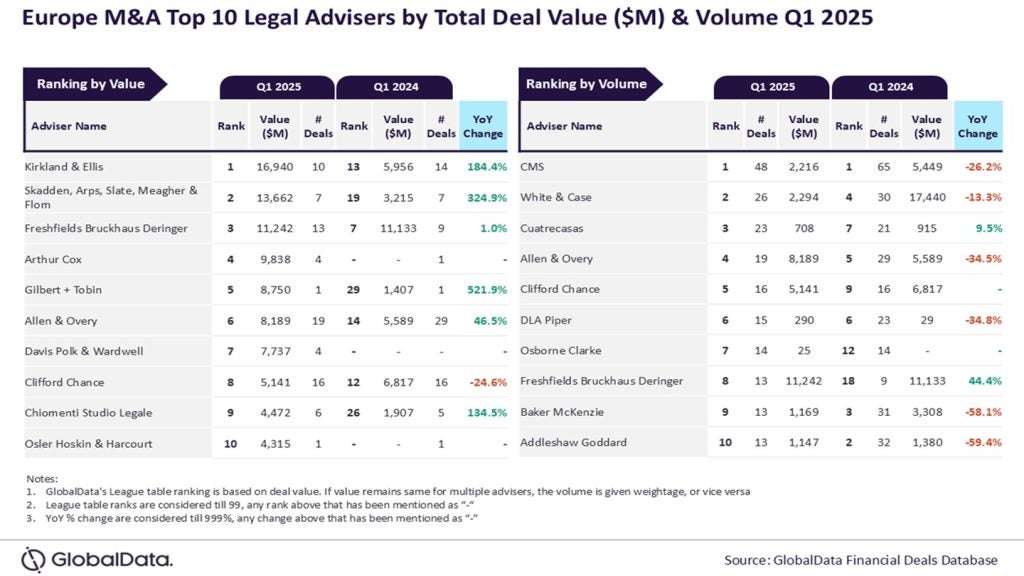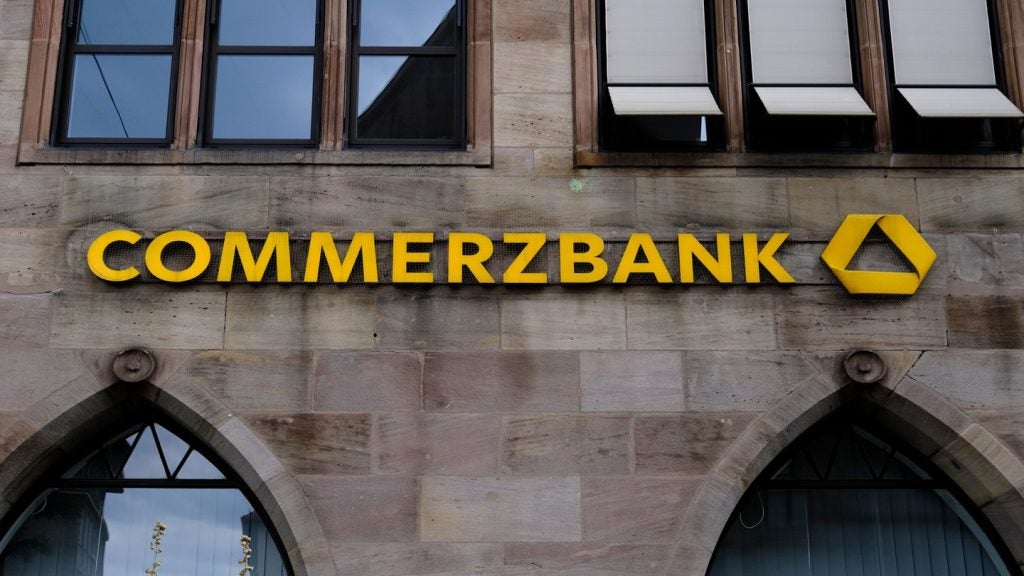Almost a year since the creation of the UK current account switching guarantee account switching rates are up by 16% year on year but how much would have rates risen anyway without the scheme in place? Billy Bambrough investigates
We have been seeing the amount of current account switching in the UK rise steadily in recent years before the guarantee, pushed on by banks doing more to tempt customers into switching, not because switching itself was easier.
When talking about switching it is important to differentiate between leaving your bank because it has somehow wronged you and choosing to change to another bank because it is offering you a better deal.
TNS have found that customer service is very instrumental at causing people to leave their bank but is less of a factor when people choose which bank to go to. This is really an ‘anyone but my current bank’ approach, when customers leave to make a point, not necessarily because they think the grass is greener.
The stats so far…
Account switching has been growing for some time. Back in 2009 around 600,000 people switched their account. By 2012 that number peaked at 1.2m. In 2013, which included three months of the account switching service, that number actually fell to just over 1m.
Amount of people who switched their account between 2009 and 2014*

*2014 is predicted based on data for the first six months of the year
We can see from account switching stats for the first half of this year that if the second half is about the same then the total number of switchers will again fall short of the 2012 high.
While it is not immediately clear what caused the 2012 peak in account switching, a few different things could have contributed to it.
The Financial Conduct Authority launched an initiative to try and limit miss-selling at banks, heavily reducing the "pushiness" of in branch and telephone sales staff. Having customers able to call up or walk into a branch and close their account without staff making offers to get them to stay will likely have increased switching.
Banks also were squeezing their costs more than ever in an attempt to make ends meet, while spending a great deal of time wrapped up in compliance requirements. This will have resulted in a higher than usual proportion of ‘leavers’ but relatively few ‘joiners’; that is disgruntled people who just want to leave their current bank as opposed to people who have been tempted away but feel no animosity towards their current bank.
This hypothesis is supported by the fact that UK bank advertising spend was down 36% in 2012 according to the Financial Mail.
2012 also saw banks move more forcefully into the digital space, for the first time actually trying to differentiate on the platform, before we reached our current state of digital banking hygiene with everyone offering the same app, doing the same thing.
This discovery of a "new world" of banking possibility made many people feel like they really could do without a branch for a longer period, increasing their inclination to bank with a brand other than their nearest branch.
What can we learn from the latest stats?
Awareness of the scheme is still pitifully low with only two thirds (67%) of people in the UK saying that they are now aware of the service (although the UK’s Payments Council will count this as a win due to their insanely low target of 50% by the end 2014). That means that at least one third of people that switched their account since the account switching guarantee came in were not aware of the scheme.
The switching service itself has done little to create competition between the banks as evidenced by separate research from Accenture finding that among those who considered switching but did not, the main reason – given by some 60% – was that they could not see the difference between banking service providers.
Breaking the hold of the UK’s largest banks will not be easy. In total, the UK Payments Council reports 910,000 switches since the service began in September 2013. RBS alone has 24m customers in the UK, while HSBC has 16m and Santander 14m. At current levels of switching, it would take at least 15 years to switch an equivalent number of customers even when switches between all banks are included.

Source: TNS
So far, Santander has been the main beneficiary of the battle to attract UK current account holders while NatWest and HSBC have lost ground, according to the monthly TNS Current Account Switching Index. The TNS Current Account Switching Index was launched in September, and compares the percentage of customers switching towards and away from each of the major UK current account brands. In its April report, it found that Santander was the largest winner, gaining 23% of those switching their accounts. Other strong performers were Halifax (17%) and Nationwide (10%).







